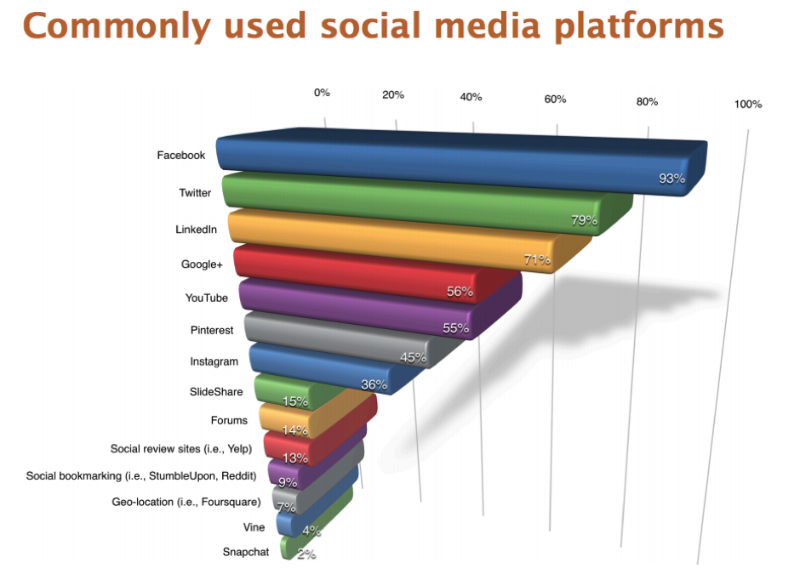Social Media Syndication Made Simple
You invest serious time and money into creating stellar content for your business’s blog. In fact, a recent Gartner study found that U.S. companies spend an average of 2.5% of their revenue on
digital marketing activities (so for a company bringing in $5 million, they are shelling out $125,000 on for digital marketing.) But is anyone really seeing this content? Are you really getting any return on your investment? If your results are less impressive than you’d hoped, you may be missing a key ingredient: social media syndication.
Not sure what social media syndication is? Check out the introductory video below. Once you’ve got the basics down, keep reading to discover the best techniques for this practice.
Social Media Syndication Best Practices
1. Know Your Audience.
Like any marketing, social media syndication needs to start with the audience. Online marketing guru Neil Patel recommends starting with the question, “How do I engage with my audience on social media?” Social media applications are so personal, so relational, that you cannot get away with publishing and hoping that an audience will come to you. Rather, you need to invest time learning about your intended audience, learning which platforms they are active on and what sort of content they like and share. Do you research and then create content and messaging that fits into the existing conversation.
2. Test, Test, and Test Again.
Once businesses start syndicating content on social media, the danger of habituation is almost inevitable. You and your team fall into the same habits of when, where, and how you post, without evaluating to ensure that you are really getting the results you need. Instead of leaving your marketing success to the off chance that you are still getting the best results in the ever-changing world of social media, perform regular split tests on your posts.
Split Testing on Social Media: Share or post the same content at different times or with different copy and evaluate which gets better results. Although there are some tools available to automate this process, it is relatively simple to do manually as well.
What should you test for? Start by looking for:
- The best time to post
- Different language in copy
- Length of posts
- Calls to action within posts
- The effects of different images
As the results come in, adjust your approach to emulate the post that received more likes, shares, or retweets. Don’t forget that social media is a continually changing conversation, though, so it is important to continue testing to ensure that you are always on the cutting edge.
3. Don’t Get Locked into Facebook.
If your marketing team is like many, you may automatically associate “Social Media” with “Facebook.” In fact, 93% of marketers use Facebook. Although Facebook is great, it is imperative that you avoid putting all of your eggs in this basket. Facebook, like all social media platforms, continues to change. Between 2013 and 2014, businesses saw their Facebook reach drastically decreased. Those whose only social media syndication was on Facebook experienced significantly more loss than those who operated through other channels as well. Avoid being hard-hit by the next change by taking advantage of all relevant social media platforms.
Already using social media to share your business’s content? We’d love to hear your best ideas in the comments section below! If you would like to learn more about syndication and what help is available, contact Farotech today.
The post (Video) Social Media Syndication 101: From Basics to Best Practices appeared first on Farotech.
source https://farotech.com/blog/video-social-media-syndication-101-basics-best-practices/

No comments:
Post a Comment